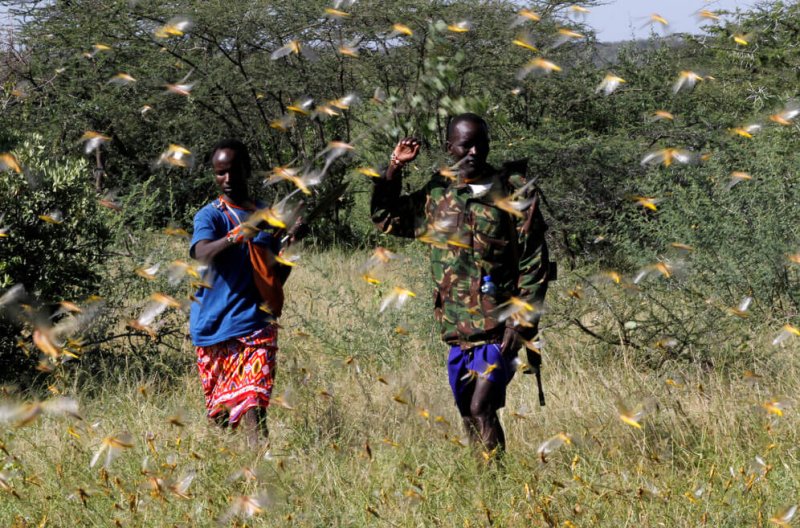Idun’s research will help us learn more about how swarms of locusts behave. “For decades, our understanding was that locusts moved with the wind,” he explains, yet if this was the only factor, we would expect far more of them in Ethiopia than there currently are. “Our research aims to find out how topography, vegetation, humidity and rainfall also affect their behavior.”
This is one example of how high-tech solutions are being deployed to address a catastrophic locust outbreak – the worst in decades – that has swept through the Horn of Africa, parts of the Middle East and South Asia this year. While the dry season (roughly May-October) slowed their spread, the current rainy season provides perfect conditions for breeding.
How much of an impact is this technology having? Despite the size of this year’s outbreak (which has been ‘helped’ by conflict in Yemen and unusual weather patterns) [UN locust expert Keith] Cressman believes the tech makes a big difference. “Since we have been using more technology over the last 20 years, governments have detected and controlled many more outbreaks than they would have.”































